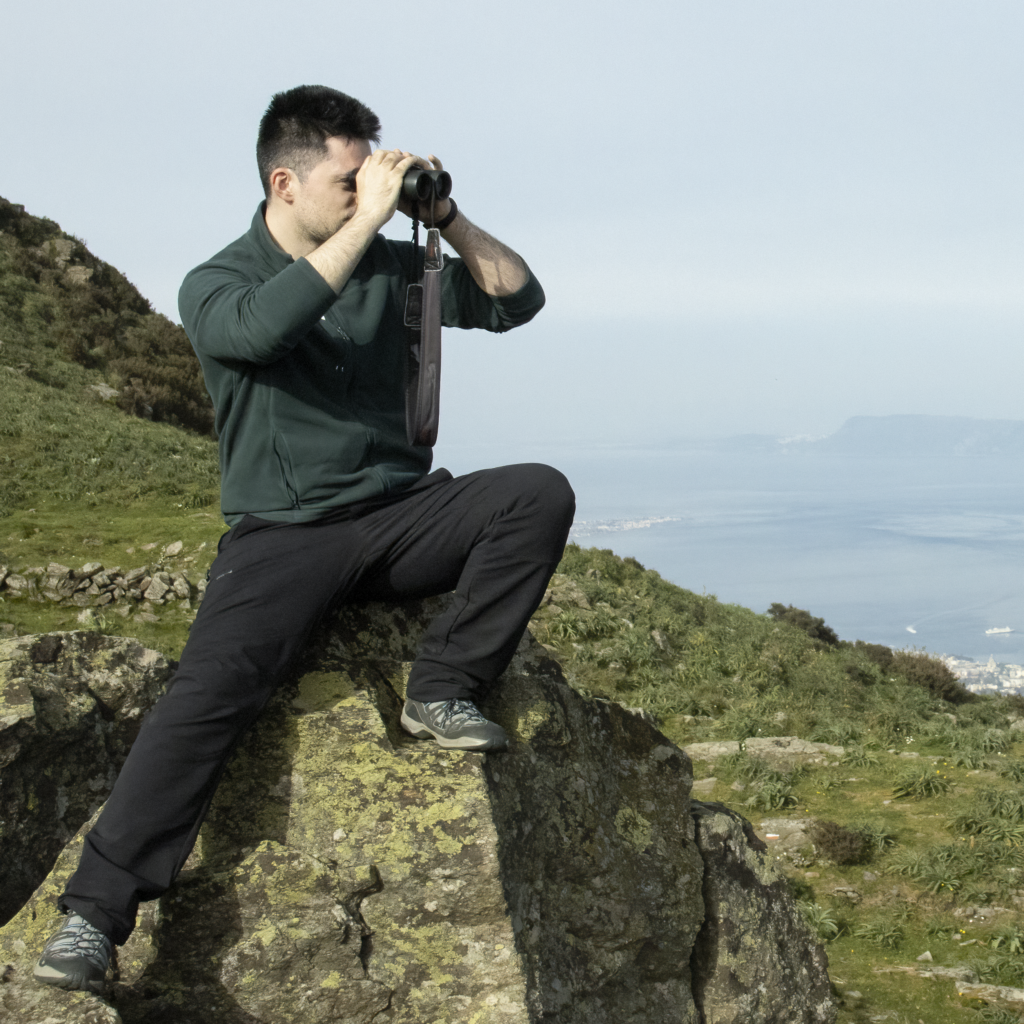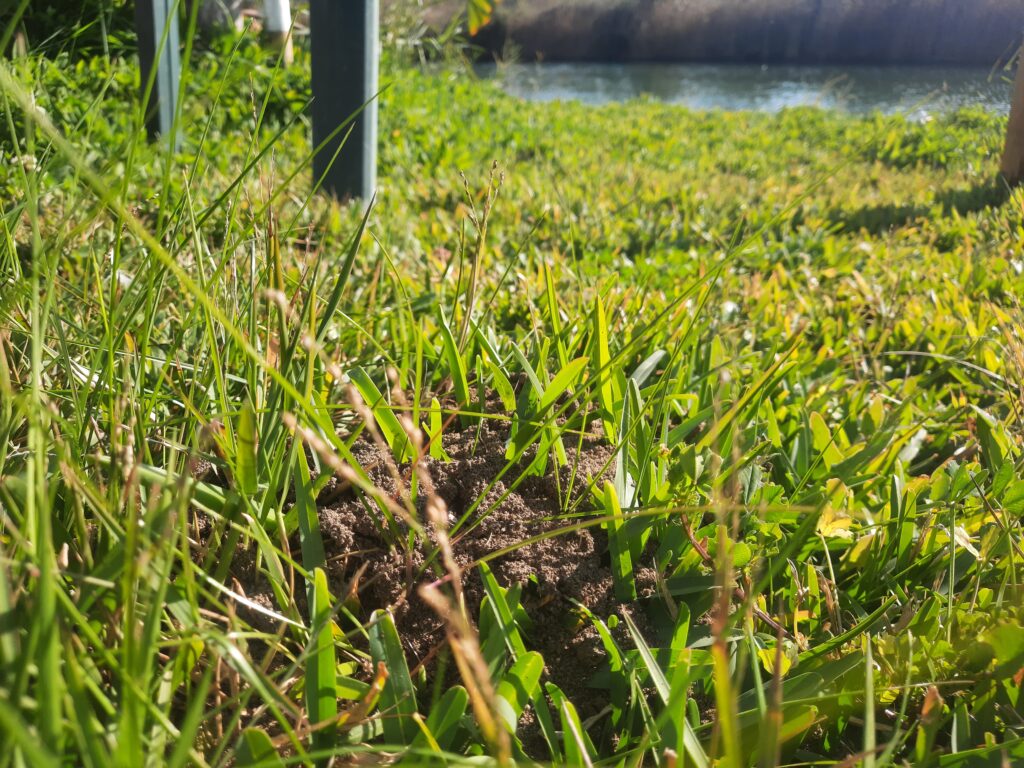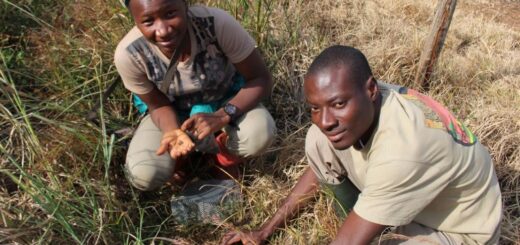The arrival of the imported red fire ant (Solenopsis invicta) to Europe

Invasive species can have severe impacts on the environments to which they are not native. They can harm native biodiversity, alter habitats, and disrupt human activity. Of the many known invasive species, the IUCN classifies the red imported fire ant Solenopsis invicta as one of the worst ones. Native to tropical and subtropical South America, this ant species is now widespread through the south of the United States of America, the Caribbean, Mexico, Australia, Taiwan, and southern China. Menchetti et al. (2023) documented an extensive population of the imported red fire ant in Sicily, Italy, marking the first instance of an established population of S. invicta in Europe. While this population was first documented in 2022/2023, these ants have been in the area for several years (possibly more than 8), as locals reported suffering frequent ant stings in multiple localities since 2017 (Menchetti et al. 2024). Mitochondrial genotyping points to southern US, China, or Taiwan as likely points of invasion into Europe, considering their position in global trade. Menchetti et al. propose that the imported red fire ant is likely to be able to colonize agricultural and urban areas in Europe alike, which is concerning considering the international connectivity of the coastal Mediterranean cities most suitable for S. invicta. This study highlights the necessity of early detection and action against the invasive imported red fire ant in Europe, which could include key contributions from citizen science. In this interview, Mattia Menchetti gives us further insights into their discovery of the Italian imported red fire ant population.
An Interview compiled by Salvatore Brunetti, edited by Beatriz Portinha


MNB: Could you tell us a bit about yourself?
MM: I am an Italian entomologist, at the end of my PhD at the Institut de Biologia Evolutiva (CSIC-UPF) in Barcelona. During my PhD I have been studying the genetic diversity of European ants. I am building a DNA barcoding reference library of this fauna, a dataset which contains short genetic sequences (DNA barcodes) of hundreds of species and thousands of individuals and can be used as a reference to identify unknown specimens. During this period of collecting ant samples and sequencing them, I have been documenting and reporting new species, both native and alien, from various countries. I am also involved in some integrative taxonomy projects, describing some European ant species new to science. Working in a butterfly lab, I also keep myself busy with butterflies, both with phylogeography and studying the migration of the painted lady butterfly. I have previously worked for several years on behavioural ecology and invasion biology of both invertebrates (e.g. planarians), and vertebrates (e.g. parrots and squirrels). My love for ants started many years ago while doing my Bachelor thesis in Florence on another Hymenoptera species, paper wasps, and now I am enjoying studying ants from a biogeographic perspective.
MNB: Could you briefly outline your research on “The invasive ant Solenopsis invicta is established in Europe” published in Current Biology in layman’s terms?
MM: We discovered the presence of a big population of fire ants (Solenopsis invicta) in Sicily. This is one of the worst invasive alien species, those organisms which are introduced by humans and have an impact to the environment, economy, or human health. This species has spread in many regions of the world but so far this is the first record of its establishment in Europe. We also analysed different aspects of this introduction, assessed its putative origin and predicted the potential expansion in Europe. Now, in a second publication we show that, as we suggested in our first article, this species has been in Sicily for many years (more than 8) and that the invaded area is much larger, spreading for at least 23 km of coast.
MNB: What is the take-home message of your work?
MM: We raise a flag that a very invasive ant species, the worst I would say, has been fully established in Europe for years without being noticed. This species is a serious threat for biodiversity, economy, and even human health. Since it can easily spread thanks to human trade, mostly with plants and soil, it is important to know the entire extent of its invaded area, which is still not clear.
MNB: What was your motivation for this study?
MM: It all started with a random picture sent by a citizen who got stung by ants. Later on that year, new records also started to appear on the citizen Science platform iNaturalist.org, which is a great tool for citizens to report unknown organisms and discover biodiversity!
MNB: What was the biggest obstacle you had to overcome in this project?
MM: My main project deals with the entire European ant fauna at the continental scale and in this case, I had to face a new invasive species, coming from the other side of the planet. I had to update myself with a vast amount of literature on the fire ant in quite a short time.
MNB: Do you have any tips for others who are interested in doing related research?
MM: Keep your eyes open and a handy tube filled with ethanol always with you. There are discoveries to be made anywhere. Undiscovered ants, both native and introduced ones, are continuously found, many times just by chance, and amateur entomologists can play a big role in it.
MNB: Where do you see the future for this particular field of ant research?
MM: Biosurveillance many times misses ants, and methods should be improved. In addition, we are still far from a good taxonomic framework for ants at a worldwide scale, and the importance of taxonomy is evident when dealing with species introductions. This is why I think that DNA barcoding and the creation of sequence libraries, such as the one I am building for Europe, can represent a great tool for studying native and alien species alike.
MNB: Thank you so much for this interview!






A very important article indeed!